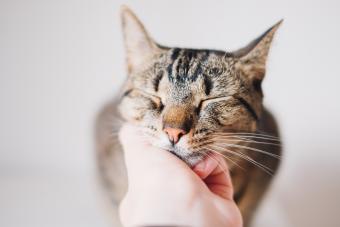
Wirestock / iStock / Getty Images Plus via Getty Images
1. Tails Help With Balance

Stephen Simpson / Stone via Getty Images
2. Cats Use Tail Position to Communicate

Betsie Van der Meer / Stone via Getty Images
3. Tails Also Keep Them Warm

AzmanJaka / E+ via Getty Images
4. Tail Injuries Are Serious

Supitnan Pimpisarn / iStock / Getty Images Plus via Getty Images
5. A Cat’s Tail Can Fall Off

Pai-Shih Lee / Moment via Getty Images
6. But They Don’t Need One to Survive

Miha Pavlin / Moment Open via Getty Images
7. Some Cat Breeds Are Naturally Tailless

Aletakae / iStock / Getty Images Plus via Getty Images
8. Tail Twitching Could Point to a Problem

Fajrul Islam / Moment via Getty Images
A Tale About Cat Tails

Benjamin Torode / Moment via Getty Images
© 2025 LoveToKnow Media. All rights reserved.







